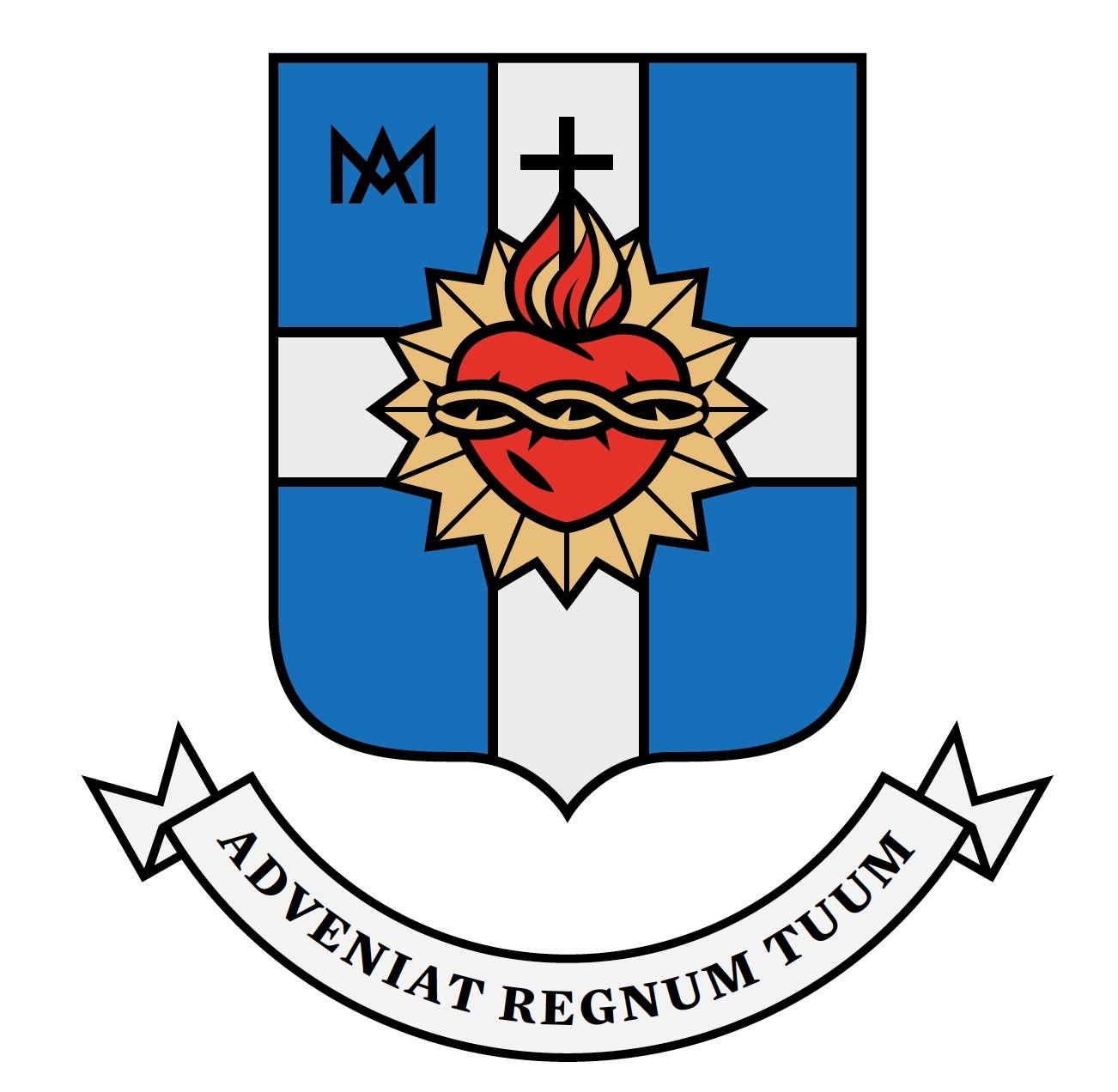Today it is evident that vocation for discipleship, as it presents itself in its visible aspects of real life, is struggling to attract new people of quality and creativity. This is also due to the fact that the premises of many models of religious life are not viable today even from the theological aspect.
Is the current model of “community” in religious life compatible with the model of “fraternity”? In order to answer this question, the starting point must be the awareness that the present difficulty of religious life is due to the crisis of its way of being today in history.
So, what can restore in this form of life as a disciple the spiritual and human attractiveness of a vocation rooted in the desire to take on the attitude of Jesus as a healer, a lover of life, a friend of the defeated and the marginalized? A choice, therefore, made by people who know how to grasp the dreams that Christ had, who are capable of creating joy in living and in giving of themselves.
Today it is evident that this vocation, as it presents itself in its visible aspects of real life, has difficulty in attracting new persons of quality and creativity. This is also due to the fact that the premises of many models of religious life are not viable today, even under the theological aspect.2
If, however, a given model has disappeared, certainly an energetic spiritual tension in the Church has not disappeared. It is an ideal perspective of a new type of discipleship life as a fraternal and egalitarian society within a pluralism of models of communion that take on the characteristics, culture, human and religious values of the time we live in.
The model we have inherited from the past suffers from the sum of many different moments, imposed and added along the centuries in a mentality of addition.
I highlight some of them. At the time of the “anachoresis”, the apa (father) Arsenio (4th century), taught his followers: “flee from men and you will be saved”3, hence the conviction that one could not be with God and men at the same time.
Later on, after the period of persecutions – a time when “martyrdom” was considered the ideal of Christian perfection – the term “martyrdom” was applied to the monastic life and the idea of “sacrifice” became something like an identity. In the meantime, following the emphasis of the spirituality of that period, some groups expressed their religiosity as a sacral type, thus leading to a monastic profile, which made “discipleship” an exclusive privilege.
After several centuries, in the “Renaissance”, Card. Bellarmino theorized the Church as a “perfect society”, meaning by this expression a society exactly equal to that of “the Roman people, or the kingdom of France or the republic of Venice”, that is to say, a hierarchical, pyramidal society, made up of “lords and subjects”.4
Finally, in the last few centuries we have slowly come to what is said in the Vatican instruction “Scrutate”: “It may happen that over time social needs convert evangelical responses into responses measured on “business” efficiency and rationality, with the consequence that religious life “loses its authoritativeness, charismatic boldness and evangelical parrhesia, because it is attracted by lights strange to its identity”.5
Beyond inherited models
“New wineskins for new wine”6: this expression from the Congregation for Consecrated Life (CICLSAL) means that now we find ourselves in the awareness that there are no codified solutions capable of generating the unprecedented. All human ideologies which emerged in distant epochs are inevitably short-sighted, because they focus on the time which gave birth to them. We are in another mental epoch, one that has reached many steps forward in the anthropological, sociological and theological fields. This epoch is making us understand that if we do not enter the process of life as change and evolution, even the most beautiful experiences will fade, the most generous initiatives will stiffen, and the charisms of the founders will become institutionalized and lose their way.
The future that we hope for religious life is either “Easter” or nothing. To be so, it must embrace the grain of wheat fate, for which dying is something inherent in the process of “giving birth”. What must die in religious life is that which, in the proclamation of the Gospel, does benefit it anymore, but hinders it. It is a question, however, of not smuggling out as evangelical what is not, a temptation that is abundantly supported today. Complex, top-down organizational systems, inevitably characterized by depersonalization and dependence, are not evangelical. On the contrary, evangelical is when the preference is given to the journey of faith rather than to a routine of observance which does not facilitate the freshness of the encounter with the Lord. The latter is often more attentive to formal orthodoxy than to evangelicalism.
“The current crisis is not unrelated to the service of authority.”
The document “For new wine in new wineskins”7 of the Congregation for Consecrated Life, it states: “We cannot fail to be concerned about the persistence of styles and practices of governance which stray from and contradict the spirit of service, to the point of degenerating into forms of authoritarianism,8 […] which damage the life and fidelity of consecrated persons.9
There was no authoritarianism at the beginning of Christianity, when the authority of eminent men was founded on spiritual gifts. That is to say that they were leaders of an authentic spiritual path. For them the term authority indicated the function of raising up their brothers, being part of the whole process of discernment, and not as an external or superior agent. However, when the concept of authority took later on a juridical meaning, equivalent to a real “potestas”, it was often tempted to impose itself on the will of others. And so it is – as Y. Congar wrote, “authority, which started out as being of an orientative-ascetic type, took on an accentuated directive and often dominant character along the time, bringing “submission” to be a fundamental element of faith. As a result, canonists prior to Suarez (sixteenth century) presented dominative power as the power of those who are in charge, by virtue of which they are “absolute masters” of the will of their “subjects”.10 The consequence was that the Church increasingly crystallized, giving rise to what – Y. Congar again – does not hesitate to call a true and proper “hierarcology” of pagan imprint. [i]1
However, it must be said that when we speak of “power”, we are using a term with a complex meaning and not without ambiguity. The power of government is a good thing, necessary in all participatory societies, because there must exist a regulating center of superintendence and coordination. Nevertheless, the power to which Christ makes reference when he says “Let it not be so among you” is disastrous.
Today, however, we are at a time when – as is stated in “Per vino nuovo” (For a new wine) – “we have moved from the centrality of the role of authority to the centrality of the dynamic of fraternity.”12 The positions of dominion expressed also in the terms “superior” and “subject” – terms which, even if they are still found in the current Code (e.g. can.630 §4) – are no longer acceptable in the sensibility of communion.13 The idea of superiority is necessarily pharisaical; therefore, religion has no right to commit itself to strengthening and legitimizing these powers.
What elements are indicators of fraternity?
“Fraternity” is the expression that reiterates the words of Jesus: “you are all brothers and sisters,” according to which relationships must be built on the relational paradigm of the family, where we care for one another, accompany and encourage one another. (EG 99)
If this is the case, then it would be difficult to consider fraternal life as a life of “organized observance” in which the aspect of community prevails over that of fraternity, forgetting that memberships for institutional reference are not sufficiently cohesive, and that it poorly contributes in terms of loving one another. This is why almost no one, in our cultural area, commits himself to a code forever, to a written rule or a system characterized by formal exchanges, especially if defended by the authority.
Especially today, communion in the perspective of adult and mature persons, in order to avoid the risk of becoming “communionism”, must always be declined together with equality, freedom and gratuitousness.14 This statement does not seem excessive when compared to the requirements indicated by Christ who proposed social relations that are actually reversed, “the first is the last, the servant of all.” Here there is a paradoxical primacy of the one who makes himself “servant without having masters”.
As a reaction to this immobility, new forms of evangelical experience have been elaborated and promoted in the post-Council period.15 These were also born also of the knowing how to respond to those questions not attended by religious life, for it was satisfied with its archaic repertoire of answers. However, in the present time, the ones with a promising a future – which is what Christians want to know – are those evangelical forms showing that it is possible to live a radical Christian life, though different when compared to those of clerical-monastic imprint, in which a desirable and worthy place for celibate vocations living under the same roof still remains. They offer the possibility of being a clear and transparent expression of the liberating and healing power of Christ. In fact, it would be an impoverishment for the Church and for the world to let these lights be extinguished.
Orientations for new generations
The new generations are moving towards choices that are evangelically effective and, at the same time, “humanly significant”. It is not said that the values, even those underlying the evangelical life, cannot still be accepted by young people today. In fact, Christ still seduces them, but unlike other times, these new generations are no longer willing to immiserate life by denying the fullness of living. For them, the desire for God cannot consist in the denial of what has come out of his hands, but rather in its success. Today more than ever, the discipleship life is the one that is carried out, like every life on the path of humanity, because one cannot speak of salvation in Christian terms without having before one’s eyes the salvation of the whole humanity, without being capable of “proving” the integration of the divine life with the fullness of human living. Today it should not be surprising that, especially young people, do not choose to live together in order to collect merits, but to support each other on a given path because of the fact that if one dreams alone, the dream may not come true, but if one dreams together, the dream becomes reality.
This is why those schemes of community life of a collectivist conception, systems of thought and traditions held together, rather than the concreteness of interpersonal acting as a result of friendship, solidarity, compassion and tolerance, do not persist anymore. On the other hand, there is an ecclesiology in which the term “ecclesia” and community designate not so much the group of Christians, or brothers and sisters, but the system, the apparatus.16
Therefore, the choice of belonging to a form of life as disciples today does not come primarily from theorized experiences, theological or functionalist arguments. Rather, it comes from concrete experiences of living according to the Gospel with other brothers or sisters who have made the choice of a journey of faith and not a routine of observance. No one today likes to be recognized as a bearer and custodian of a patrimony of thought trapped in a cultural universe of other times, loaded with principles, norms, systems of life that do not have the mutability of life. Only living figures can be attractive, not a norm. When the presence of living people is clouded, the life we seek will be placed mainly in traditions, protocols, rituals, structures or practices, to which we strive to give life.
A religious woman wrote, “how many frameworks of Pharisaic imprint and empty evangelical script I have seen”. Such expressions reveal that a model has disappeared, but not an energetic spiritual tension, an ideal perspective as tending to be a living memory of Christ, gathering his dreams full of humanity.
Concluding, “If we do not allow the newness of the Spirit and of History to enter and modify what needs to be changed, transformed and transfigured, the same Spirit will find its way and act without us, leaving us on the margins of the events of this humanity.”
[i]Y.Congar, Le Concile de Vatican II, Beauchesne, Paris 1984, p.12 ss.

“Testimoni” es una revista mensual, publicada por el Centro Editorial Dehoniano, con sede en Bolonia, Italia. Su tirada actual es de unos 4.000 ejemplares. También está en línea.
Es una revista de información, espiritualidad y vida consagrada. Desde hace más de 35 años está al servicio de la vida consagrada con especial atención a la actualidad, a la formación espiritual y psicológica, a la información sobre los acontecimientos más importantes de la Iglesia y de los institutos religiosos masculinos y femeninos.
.




